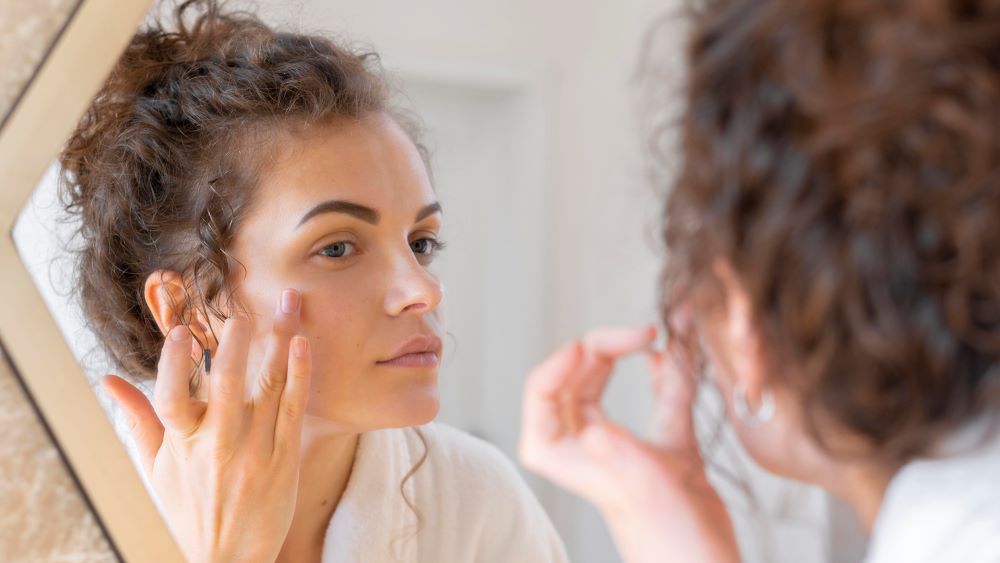Understanding How the HALO Laser Works
The HALO laser is a cutting-edge advancement in dermatological technology renowned for its versatility and effectiveness in treating various skin concerns. Its hybrid nature stems from its unique combination of ablative and non-ablative wavelengths, offering a comprehensive approach to skin rejuvenation and improvement.
Ablative Wavelengths: Ablative lasers work by removing the outermost layers of the skin through controlled thermal damage. This process stimulates the body’s natural healing response, promoting collagen production and skin regeneration. By precisely targeting damaged or aged skin cells, ablative wavelengths are highly effective in treating deep wrinkles, scars, and uneven texture. However, traditional ablative lasers often come with significant downtime and risk of complications.
Non-Ablative Wavelengths: Non-ablative lasers, on the other hand, penetrate the skin without causing visible injury to the surface. Instead, they deliver heat energy to deeper layers of the skin, stimulating collagen production and tightening underlying tissues. Non-ablative treatments are typically gentler, with minimal downtime, making them suitable for addressing mild to moderate signs of aging, such as fine lines, enlarged pores, and uneven pigmentation.
What is BBL/IPL?
BBL (Broadband Light) is a specialized form of IPL (Intense Pulsed Light) technology. Developed as a branded and trademarked version of IPL, BBL systems employ tailored filters to refine the spectrum of wavelengths utilized. What that means for you: by adjusting the range of wavelengths used, BBL systems precisely target specific skin concerns, such as pigmentation irregularities or vascular lesions. This precision ensures more effective and targeted treatment, leading to much better results.
While BBL and IPL technologies maintain their unique characteristics, they synergistically complement HALO Laser treatments, resulting in a more comprehensive approach to skin enhancement. When combined with HALO Laser therapy, this multi-faceted approach ensures a holistic rejuvenation experience, ultimately delivering skin that is clearer, smoother, and more youthful in appearance.
What Skin Conditions Are Treated with HALO Laser and BBL?
Acne Scars
Acne scars can be a physical and emotional burden that, unfortunately, can serve as a reminder of past breakouts. HALO laser’s dual wavelengths target the damaged skin, stimulating collagen production and promoting the growth of new, smoother skin. This results in a reduction in the appearance of acne scars, leaving the skin with a more even texture and tone.
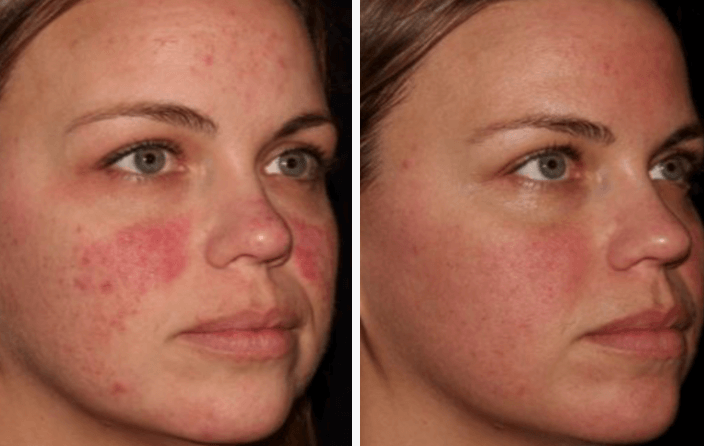
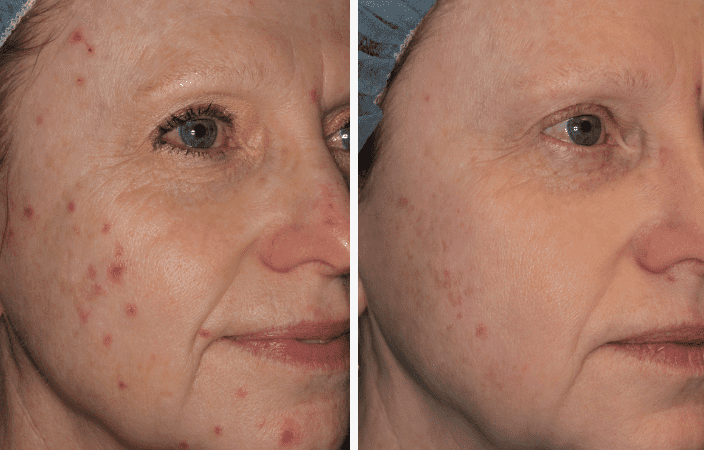
Skin Resurfacing for Wrinkles
As we age, our skin loses collagen and elasticity, leading to the formation of wrinkles. HALO Laser stimulates collagen production to reduce wrinkles and fine lines. The integration of BBL further enhances collagen synthesis, contributing to improved skin texture and elasticity.
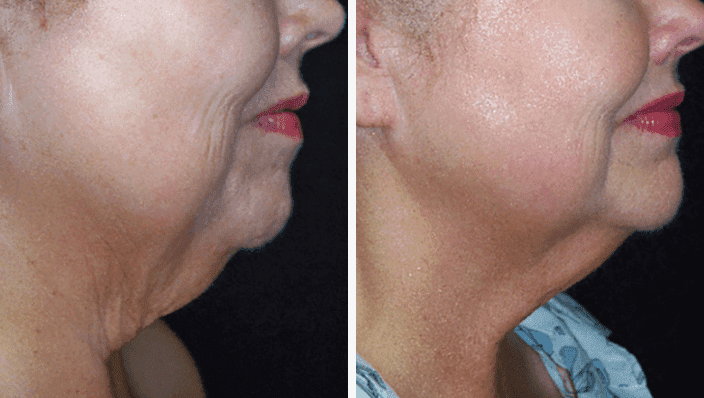
Sun Damage
Excessive sun exposure can cause a range of skin issues, including sunspots and uneven pigmentation. HALO Laser targets pigmented lesions and improves skin tone. When paired with BBL/IPL, the treatment becomes even more effective in eliminating sunspots and restoring a balanced complexion.
Hyperpigmentation
Hyperpigmentation, characterized by dark patches on the skin, can be a result of various factors. HALO laser’s non-ablative wavelengths target the excess melanin, reducing hyperpigmentation and promoting a more balanced skin tone.
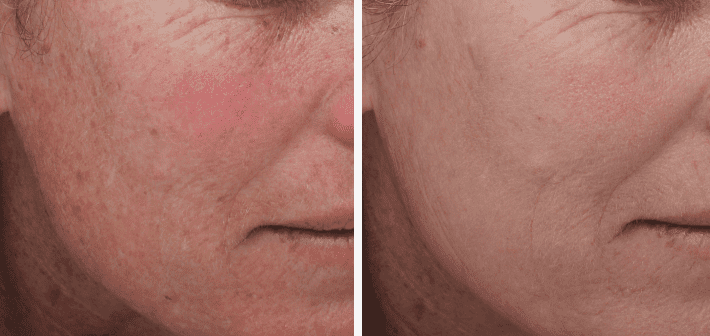
Enlarged Pores
Enlarged pores are a common cosmetic concern, often associated with oily skin and aging. HALO laser’s ablative wavelengths and BBL help tighten the skin, reducing the appearance of enlarged pores and providing a smoother texture.
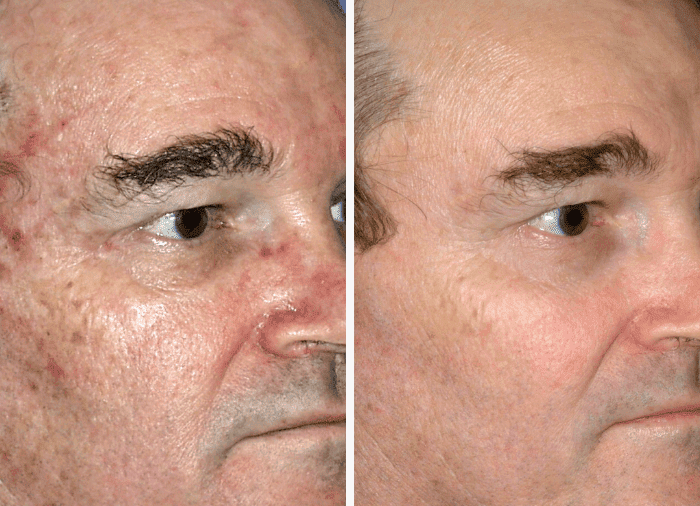
Is HALO Laser Treatment Right for You?
To get a better understanding of the current condition of your skin and to see what HALO can do for you, a VISIA® Skin Analysis is useful. VISIA® works by using an imaging machine coupled with software that measures the surface and subsurface features of your face to provide the deepest possible understanding of your skin. This allows Royal Centre of Plastic Surgery’s skin care specialists to understand what treatment and products will be best for your individual skin health needs.
VISIA® Uses Several Features to Identify Skin Features:
VISIA® uses multispectral photos of different wavelengths, including infrared light, to identify visible and invisible changes in the skin that may indicate skin issues. The most impressive component in this analysis is the TruSkin Age™ system which evaluates your skin based on the presence of:
- Sun damage just below the skin surface (Age Spots)
- Brown and red spots
- Enlarged pores
- Wrinkles
- Uneven skin texture (raises or depressions in the skin)
- Red areas, inflammation, spider veins
- Porphyrins – bacteria within pores that can lead to acne and skin blemishes
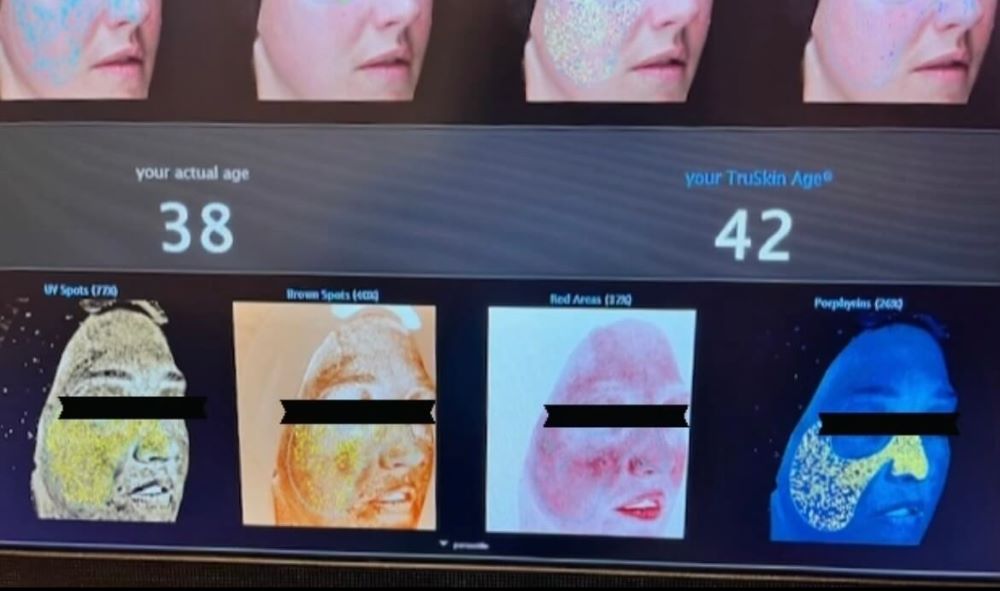
Our client, 38 years of age, showed a TruSkin Age™ of 42 years old.
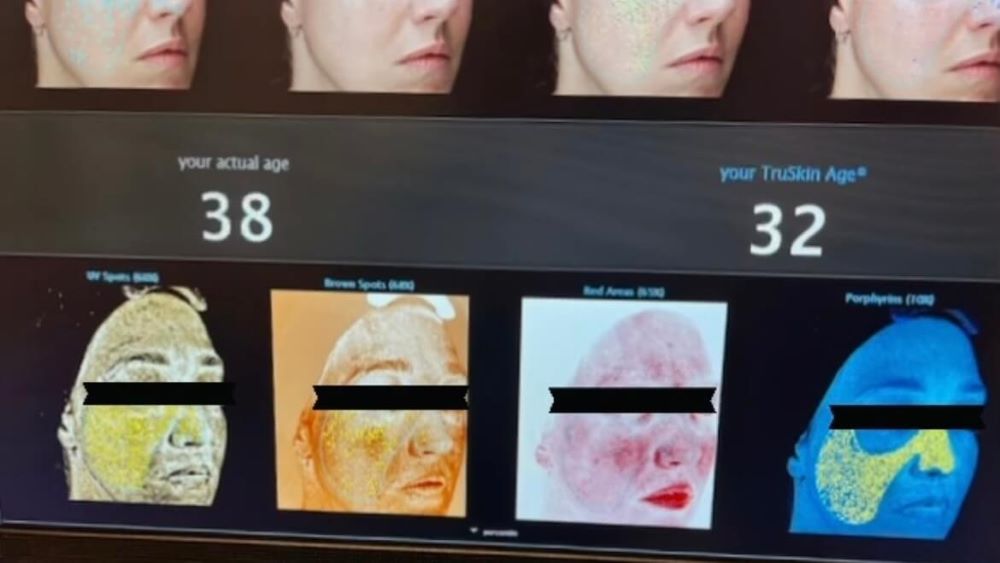
Five months after her Halo Glow treatment, she showed a TruSkin Age™of 32. It took 10 years off of her skin.
Laser Treatment Consultation
As with any cosmetic procedure, consulting with a qualified skincare professional is essential to determine the most suitable treatment plan based on your individual skin concerns and goals.
To explore the transformative benefits of HALO Laser and BBL, schedule a consultation at the Royal Centre of Plastic Surgery in Barrie.

